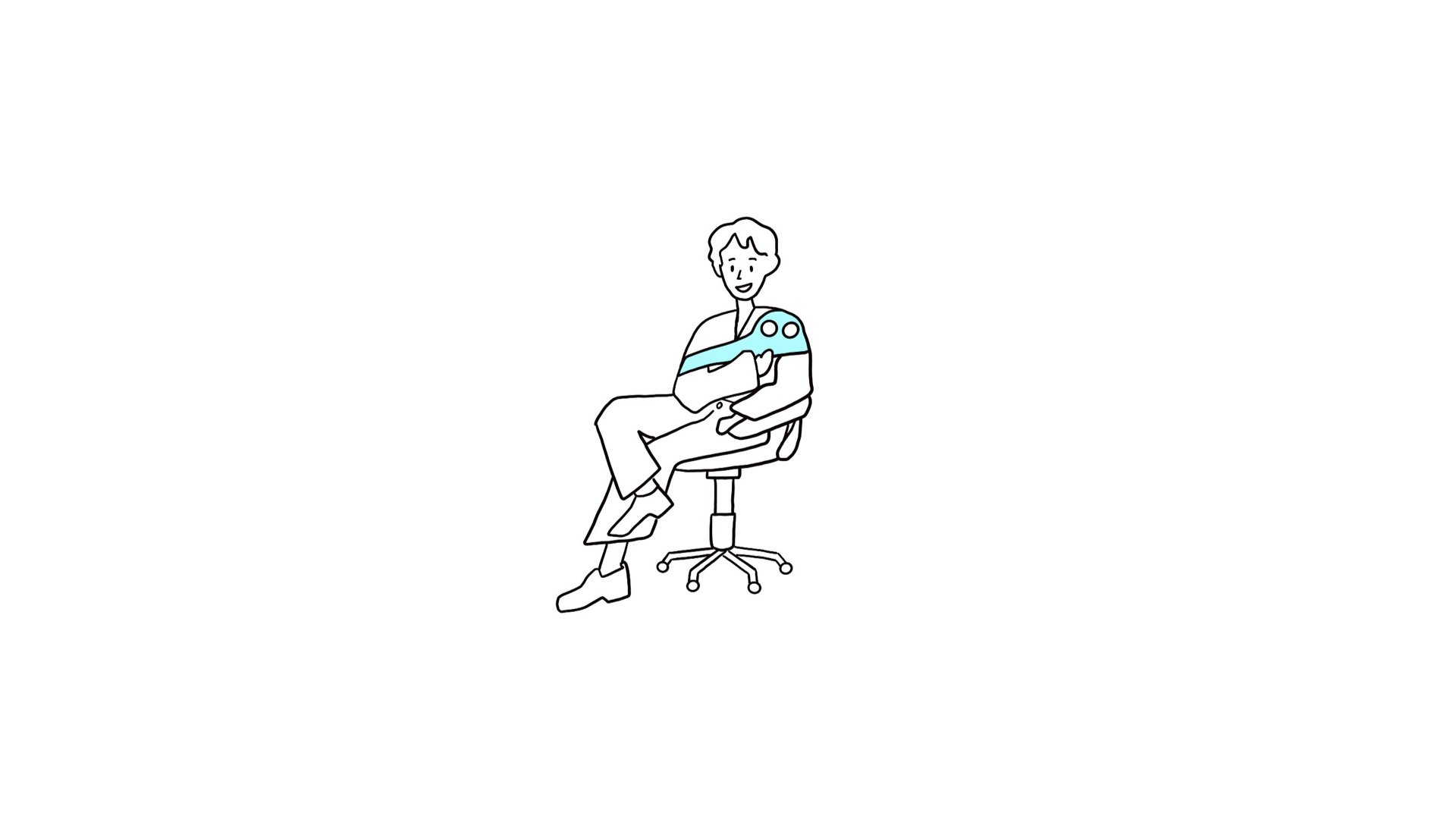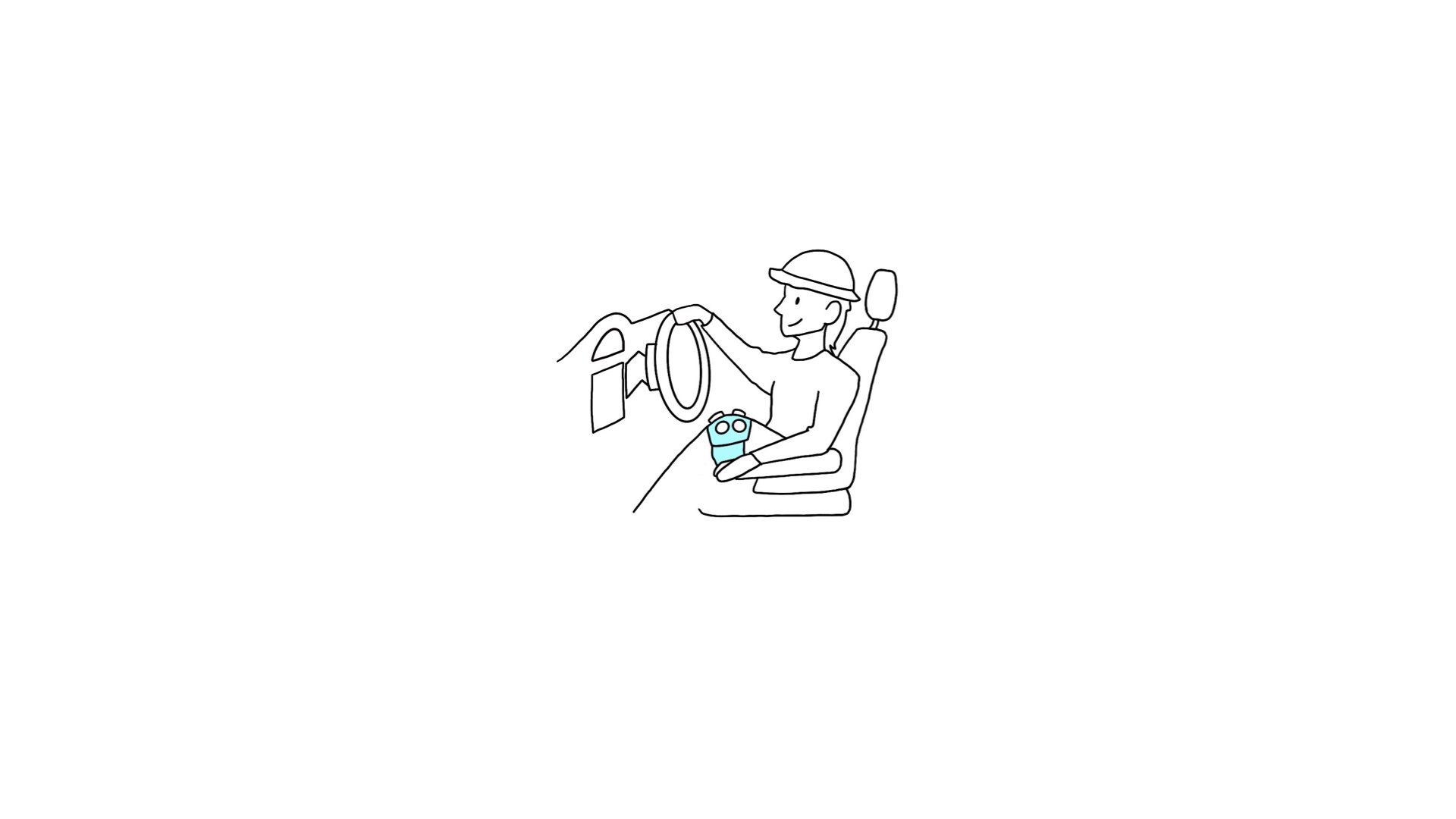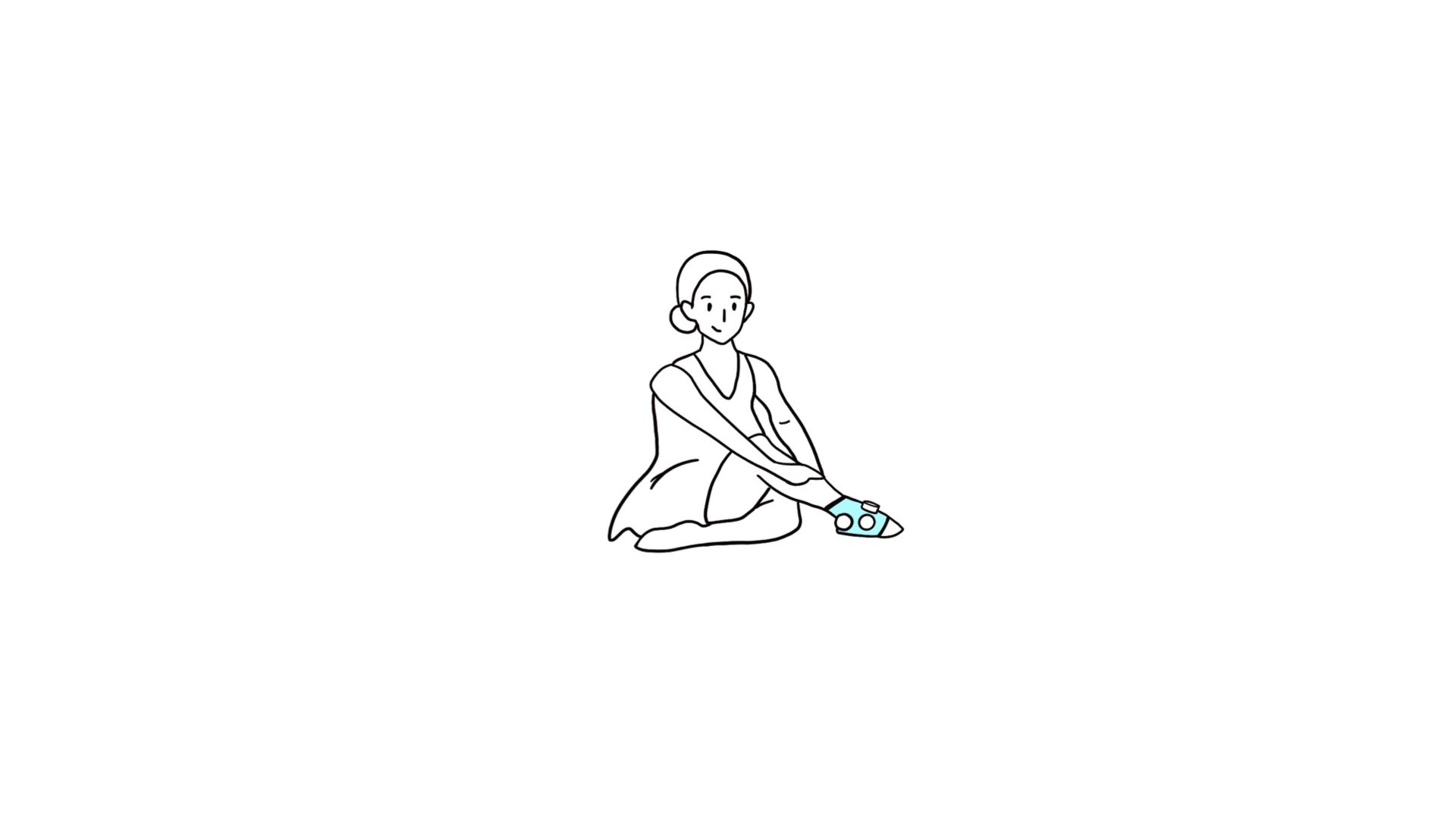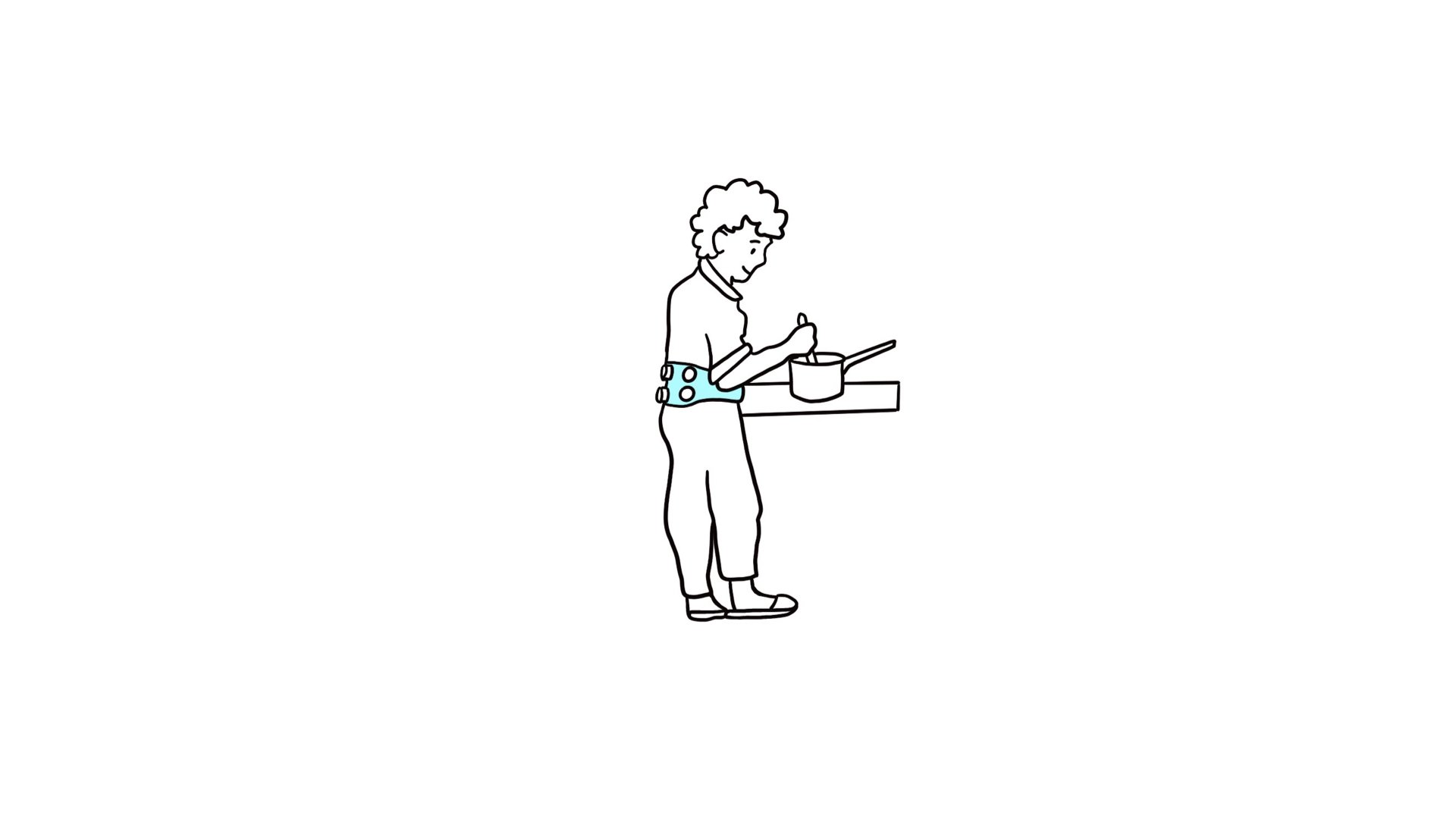



Why contrast therapy?
FEB 23
What is Contrast Therapy?
Contrast therapy is the alternating of heat and cold exposure, with the aim to improve recovery and reduce pain. Three common ways of achieving contrast therapy are: 1) cold and hot water immersion, 2) alternating cold and hot showers, and 3) separate cold (ice pack) and hot packs. Although hot and cold implements have been studied in the athletic performance space for decades, recent fitness personalities, celebrities, and influencers have become more vocal about its benefits.
Contrast therapy can be traced back to ancient naturopathic medicine-which is somewhat unsurprising, as you are probably familiar with Greek and Roman bathhouses. It is believed that the Romans were the first to introduce cold water pools, which they called frigidariums, in order to constrict blood vessels after a hot bath. However, the actual use of alternating between the two, may best be traced back to Finland, where for hundreds of years people have followed a hot sauna with a plunge into the snow or cold water. This has come to be known as the Finnish or Nordic Sauna.
In our case, these saunas are the historical context for contrast therapy.
How it works
Although the Finish, Greeks and Romans couldn’t point directly at the physiological mechanisms behind contrast therapy, the scientific reasoning has become quite evident. The basis for contrast therapy is alternating between vasodilation and vasoconstriction. In essence, when the body is warm, blood vessels relax and dilate (vasodilation), and overall blood flow increases to peripheral tissue. When cooled, the opposite takes effect, and blood vessels constrict (vasoconstriction), pushing blood out of tissues.
Within this blood, there are various substrates and metabolites that have pooled due to exercise, strain, or stress. The “pump,” created from vasodilation + vasoconstriction, clears the muscles from these metabolites, and brings new, fresh blood in. This allows healing processes to be expedited, and the feeling of pain to be reduced.
Additionally, temperature receptors travel to the brain much more quickly than pain receptors. Have you ever pulled your hand away from a burning stove as a reaction, before feeling the burn? This is the reason why. Because of this, not only will your body internally begin to heal, but the aches and pains you feel will be reduced while stimulating nerve signaling to the area.
Benefits of Contrast Therapy
Contrast therapy’s effect on the nervous system and blood vessels lead to a remarkable amount of benefits!
🏋🏻♀️ Improved Post Exercise Recovery (4)
❤️ Increased Circulation (3)
💧 Decreased Swelling (1)
⚡️ Pain Reduction (5)
🤸🏾♀️ Muscle Elasticity (3)
👾 Boosted Immune System (1)
🧠 Increase Nerve Signaling (2)
The Thermpack Solution
Thermpack is currently being developed to offer a thermoelectric solution to a fluid problem. In other words, we are building a product that is fluid-free and portable so you can have a mess free easy experience during therapy. By making a modular and portable product we will create something to fit your individual needs.
We strongly believe in the benefits of contrast therapy, and are excited to share them with you!
Please get in touch! Click here for access to our product
Resources
Cochrane, D. J. (2004). Alternating hot and cold water immersion for athlete recovery: a review. Physical therapy in sport, 5(1), 26-32.
Jelusic, A. Filipovic, T. et al. (2018). Effect of Contrast Water Therapy on Peripheral Nerve Conduction in Healthy Adults: A Randomized Controlled Trial. Archives of Physical Medicine and Rehabilitation Year of Publication. 99(4), 647-653.
Kim, J., Jung, H., & Yim, J. (2020). Effects of contrast therapy using infrared and cryotherapy as compared with contrast bath therapy on blood flow, muscle tone, and pain threshold in young healthy adults. Medical Science Monitor: International Medical Journal of Experimental and Clinical Research, 26, e922544-1.
Vaile, J. M., Gill, N. D., & Blazevich, A. J. (2007). The effect of contrast water therapy on symptoms of delayed onset muscle soreness. The Journal of Strength & Conditioning Research, 21(3), 697-702.
Wang, Y., Li, S., Zhang, Y., Chen, Y., Yan, F., Han, L., & Ma, Y. (2021). Heat and cold therapy reduce pain in patients with delayed onset muscle soreness: A systematic review and meta-analysis of 32 randomized controlled trials. Physical Therapy in Sport, 48, 177-187.